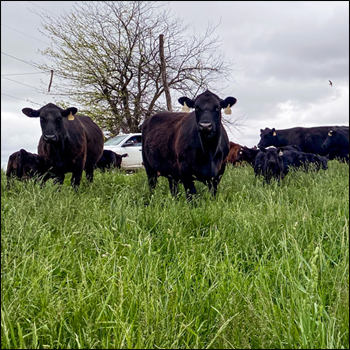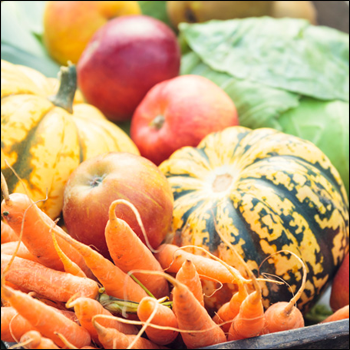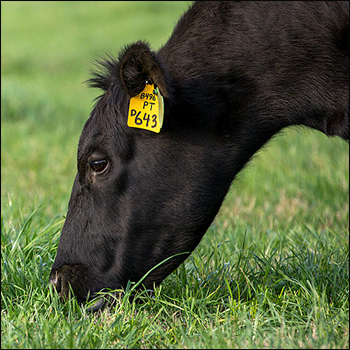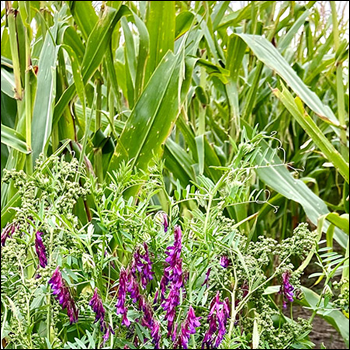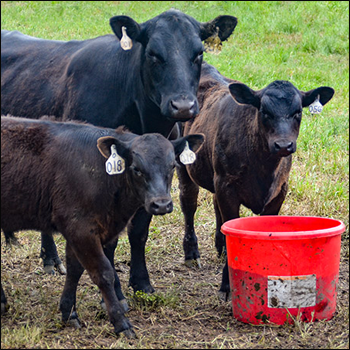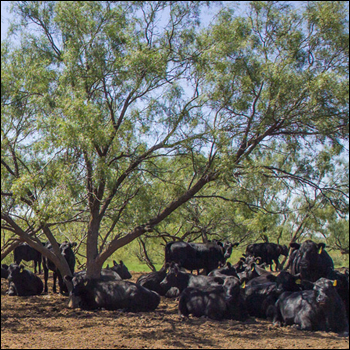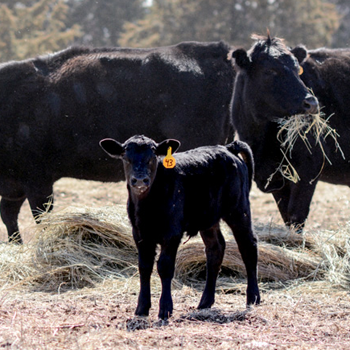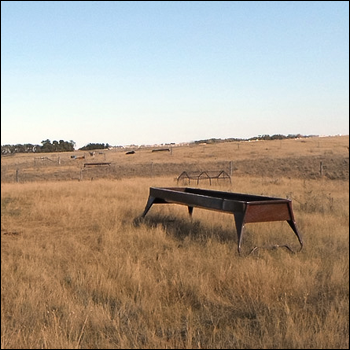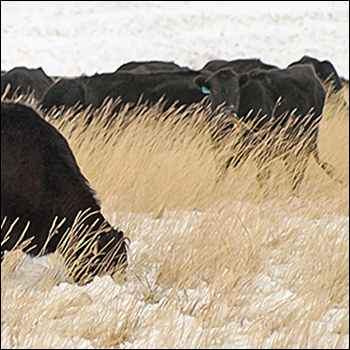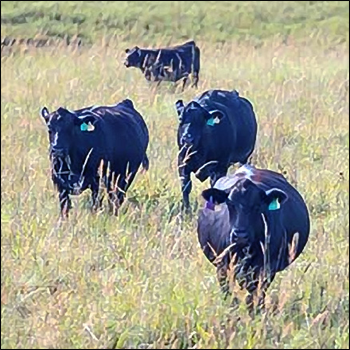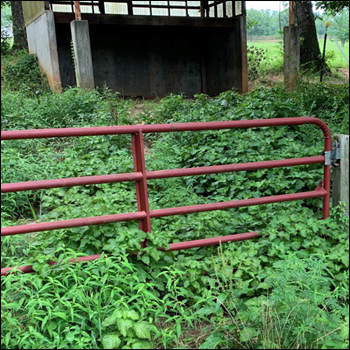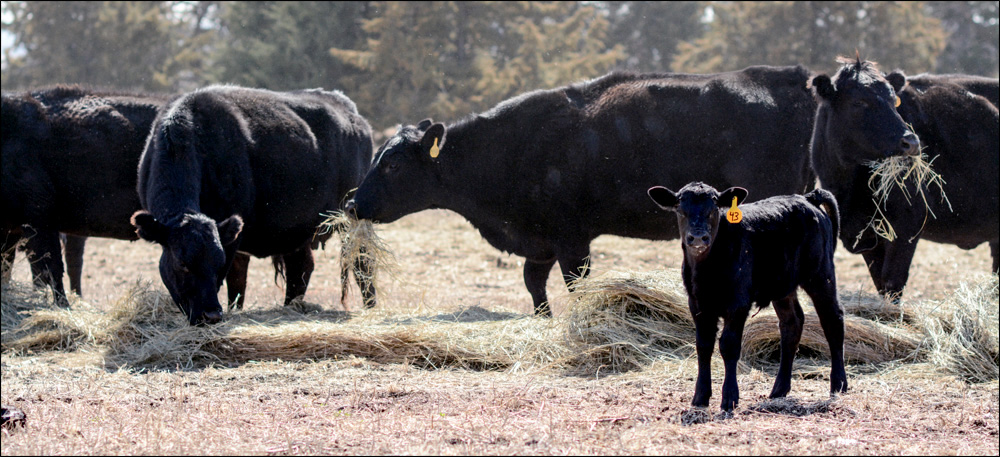
Questions You Should Ask More Often
There are things you should know about nutrition but are too afraid to ask.
Proper nutrition, though daunting for some, serves as a key to a successful cattle operation. Dusty Abney, cow-calf nutritionist for Cargill Animal Nutrition, said with a topic this important, it is vital to seek help, ask questions and figure out what options properly suit your operation.
“It’s okay to feel a little foolish,” said Abney. “But, if you feel a lot foolish because you didn’t ask a question you need to ask, that’s going to cost you money.”
During Cattlemen’s College® at the 2022 Cattle Industry Convention, Abney discussed several nutrition-based topics cattlemen should understand.
Dry-matter value
Dry matter directly correlates to the amount of energy, protein and nutrients an animal is consuming. For cattle to graze, reproduce and function efficiently, they must have access to some form of dry matter within the feed ration or through feeding hay.
“If you take 28 grams of potato flakes and add 112 grams of water to make instant potatoes, and then divide the flakes by water content, you realize the dish contains about 20% dry matter and 80% water,” said Abney.
Though water makes feed more palatable, it does not add any caloric nutrients. The difference between wet vs. dry matter boils down to the measurement of nutritional value and cost comparison.
“If it’s got the same amount of protein, same amount of energy, everything is equal, but it’s a wetter ration, you have to feed more pounds of feed to get the same number of pounds of dry matter,” said Abney. “This is the biggest reason that dry matter matters.”
Calculating the cost
Frequently, people solely focus on the price per ton of feed and omit other pricing factors. Because cost per ton does not include dry-matter costs and delivery costs, it may not be the only factor worth examining. Abney discussed the importance of measuring other ratios like cost of gain and cost per head per day. Cost per head over the feeding period may be the most important because of all the factors it encompasses.
“That’s yardage, that’s your labor, that’s your feed, that’s your medicine cost — that’s everything,” said Abney. “That’s the number that tells you if you made or lost money on these cattle.”
Abney advised cattlemen to keep cost per unit of x feed matter as a walk-around-knowledge calculation. This calculation takes the cost per ton divided by the percentage of x. For example, to find the cost per unit of crude protein, determine the cost per ton and divide by the percentage of crude protein in that feed ration. Abney said these calculations do not serve as a sole decision-making tool, but rather a means of comparison.
“Let’s say the cost per unit crude protein on the tubs was $9.50, and on the cubes it was $7.80. The cubes are cheaper on a unit crude protein basis,” said Abney. “The more variables we can eliminate in these calculations for you, the better you can focus on what’s really important.”
Maximizing feed efficiency
To break down ruminant nutrition in a comprehendible way, Abney compared ruminate ionophores to bugs. The bugs in the rumen have requirements that must be met. If the feed meets the bugs’ nutrient requirements, the bugs will help to meet the cow’s functionality requirements.
“If we don’t get enough roughage in there with our starch, we get acidosis, we get scours, we get bloat,” said Abney. “Even before you get to that point, you have lost a lot of efficiency.”
From a profitability standpoint, when cattle aren’t maximizing feed efficiency, they are hurting your bottom line.
Do the same thing, get the same results
When hardships strike, cattlemen become resourceful, but Abney says cattlemen need to return to normal practices after surviving extenuating circumstances like drought and inflation.
Just because your feeding strategy got you through a rough spot doesn’t mean it should be standard practice, said Abney. “Don’t let that be your guiding principle for the rest of your production life. You will not get optimal production by seeing what you can get away with.”
Particularly with vaccine effectiveness, Abney said ensuring proper cattle care and meeting vaccine standards will ultimately lead to vaccine success.
“If you don’t have a functional immune system, vaccines don’t work,” said Abney.
To have a functional immune system, they need to have proper mineral and vitamin status, energy and protein — they need all the boxes checked, not just the ones that are cheap, easy or convenient.
The big picture
With nutrition being a crucial component of an operation, asking the right questions aids in reaching maximum profitability potential.
“Don’t make excuses. Make progress, and ask those questions,” said Abney. “If we don’t supplement our cattle properly, or if we don’t feed our cattle properly, the things that we want to happen won’t happen.”
Editor’s note: Briley Richard is a communications specialist for the American Angus Association. Photo by Miranda Reiman.

Angus Proud
In this Angus Proud series, Editorial Intern Jessica Wesson provides insights into how producers across the country use Angus genetics in their respective environments.
 Angus Proud: Scott Sproul
Angus Proud: Scott Sproul
Oklahoma operation learned wisdom of moving calving season to better suit their marketing needs.
 Angus Proud: Bubba Crosby
Angus Proud: Bubba Crosby
Fall-calving Georgia herd uses quality and co-ops to market calves.
 Angus Proud: Jim Moore
Angus Proud: Jim Moore
Arkansas operation retains ownership through feeding and values carcass data.
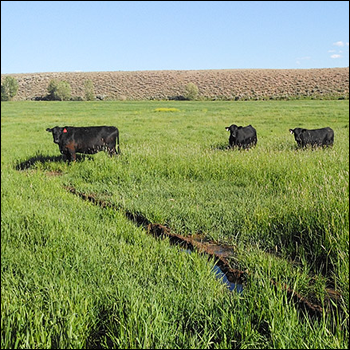 Angus Proud: Stephen Shiner
Angus Proud: Stephen Shiner
Idaho operation rotates pastures in summer and raises crops for winter.
 Angus Proud: Les Shaw
Angus Proud: Les Shaw
South Dakota operation manages winter with preparation and bull selection.
 Angus Proud: Jeremy Stevens
Angus Proud: Jeremy Stevens
Nebraska operation is self-sufficient for feedstuffs despite sandy soil.
 Angus Proud: Dave Rutan
Angus Proud: Dave Rutan
Angus breeder gets the most out of his bull investment by partnering with opposite calving-season operation.
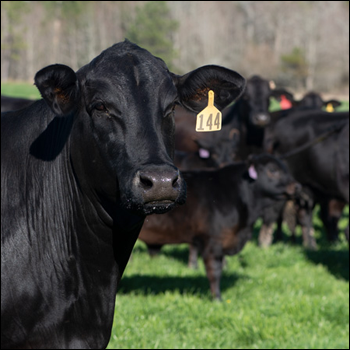 Angus Proud: Nickey Smith
Angus Proud: Nickey Smith
AngusLink helps Louisiana cattleman gain more for his calves.
